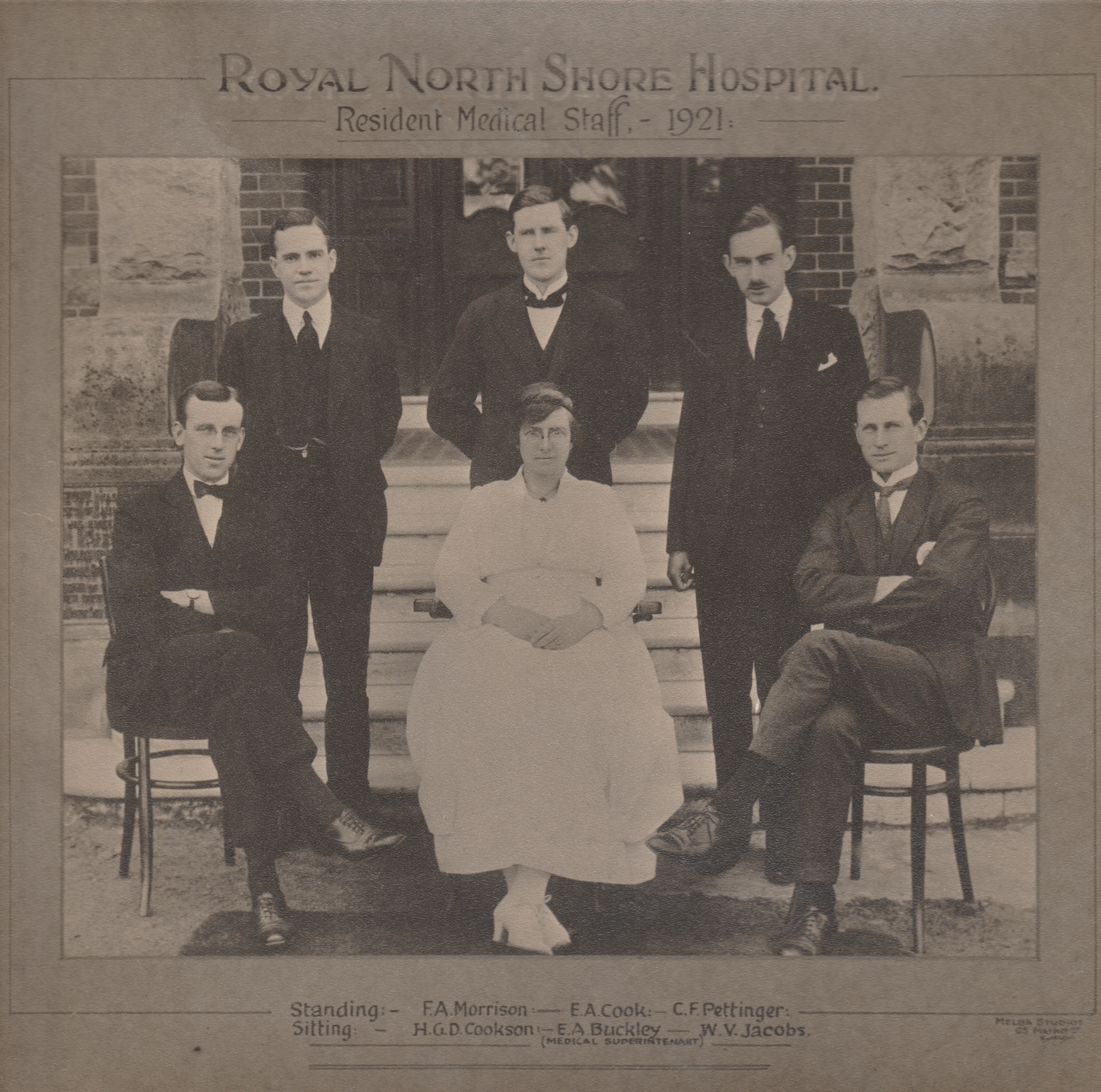
 Catherine Storey - Honorary Archivist, Royal North Shore Hospital
Catherine Storey - Honorary Archivist, Royal North Shore Hospital
One hundred years ago, in 1920, a group of distinguished citizens of NSW devised "a scheme of the utmost importance to NSW, and to the Commonwealth." The world had just emerged from World War 1 and the Spanish flu pandemic of 1919, with a massive loss of life. Research into the common diseases of mankind was seen as a means to reverse this appalling human toll.
The original prospectus proposed the establishment of the Institute of Pathological Research (the forerunner to the Kolling Institute), under the Royal North Shore Hospital of Sydney Act of Incorporation, 1910. An appeal was launched for the necessary funds to provide the facilities; facilities for the routine hospital pathology alongside the research activities. The hospital Board advertised for a resident pathologist, and the minutes of the Board show that unfortunately, there was only one applicant – a woman! Dr Emma Buckley, a well-qualified young Sydney University graduate (who resigned when she married in 1922) accepted the position.
Before the Institute, the pathology technician took all routine pathology tests by ferry across the harbour to the Board of Health in Macquarie Street and returned with the previous day's results. These commonly included urine samples and throat swabs testing for diphtheria.
But now the hospital set aside a small ex-workman’s cottage Oakleigh, within the grounds to serve as a laboratory. In this, the first home of the Institute, three rooms were allocated for bacteriology, physiological and biochemical testing. This little cottage would be home to the Institute until the Charles Kolling Memorial Laboratory opened in 1931.
The Hon Dugald Thomson donated the first £100. When Thomas Rofe, a member of the hospital board provided a cheque for £5000, matched with funds from the NSW Government, the Institute of Pathological Research was ready to proceed. His personal connection explained here.
My wife and I have had the misfortune to lose our only son from diabetes which has long threatened his life…I have since felt that if it had been the special business of some qualified scientist to study that particular disease…some means might have been found to check diabetes.
Thomas Rofe, 1920